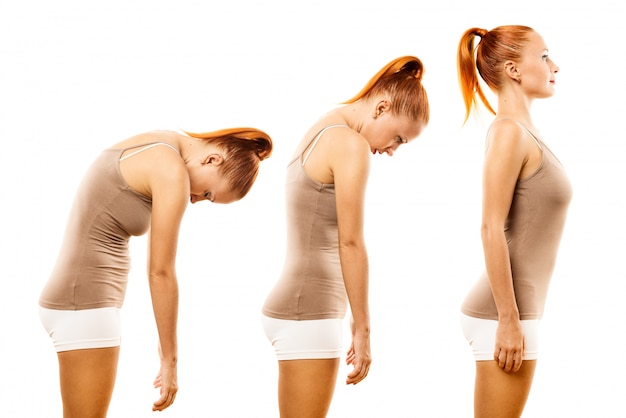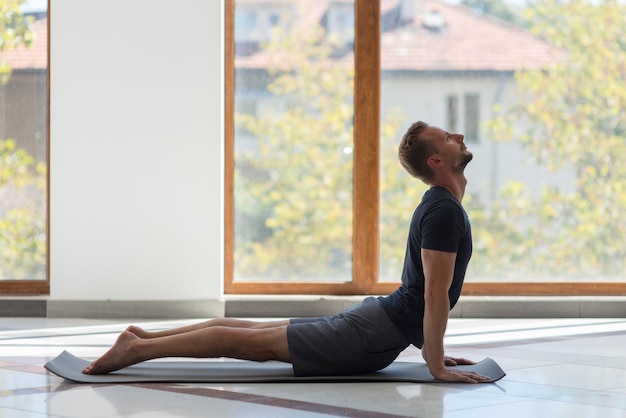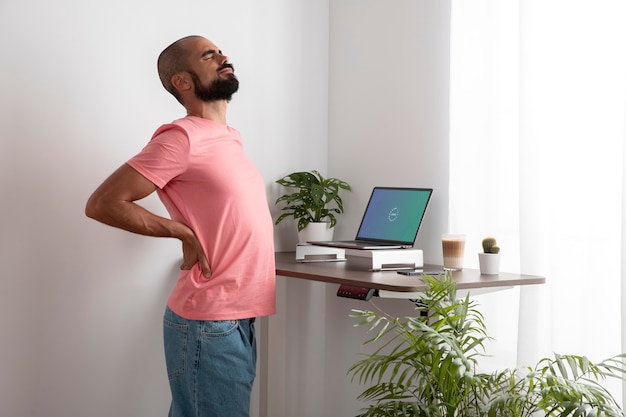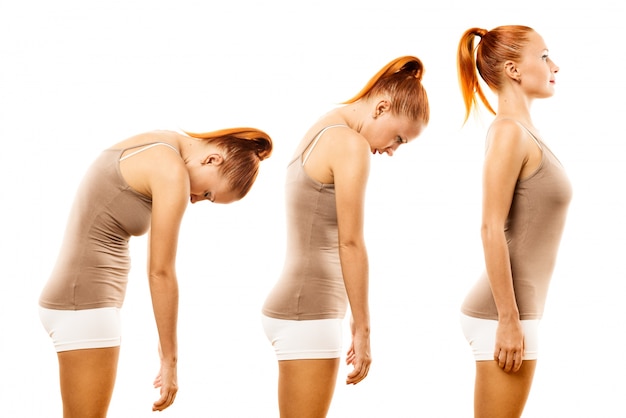35 Habit-First Home Workouts for Desk Workers: Fix Your Posture & Track Real Progress
Spending hours at a desk can silently damage your posture, leading to back pain, neck strain, and low energy. But the good news? You don’t need a gym or hours of free time to reverse the damage. With simple, habit-based home workouts, desk workers can rebuild strength, improve alignment, and feel better—starting today.
This guide delivers 35 actionable, science-backed tips focused on forming sustainable habits. Each includes clear progress checks so you can see improvements week by week. Let’s reclaim your posture and energy—one small move at a time.
Why Posture Matters for Desk Workers
Poor posture from prolonged sitting leads to muscle imbalances—tight chest, weak back, and strained neck muscles. Over time, this causes chronic discomfort and reduced mobility. The solution isn’t just stretching—it’s consistent, targeted movement woven into your daily routine.
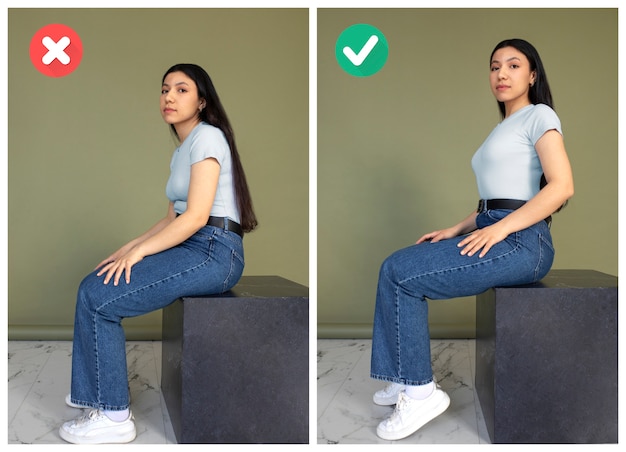
Habit-First Approach: Small Steps, Big Results
Instead of overwhelming routines, we focus on micro-habits—tiny actions repeated daily. These build neuromuscular memory, making good posture automatic. The key? Consistency and tracking.
35 Actionable Tips to Fix Posture at Home
- Stand every 30 minutes: Set a timer. Stand, stretch, and reset your spine. Progress check: Track daily standing breaks—aim for 12+ per workday.
- Wall angels daily: Stand against a wall, slide arms up and down slowly. 2 sets of 10. Progress check: Notice smoother motion and less shoulder pinching in 2 weeks.
- Chin tucks while working: Gently pull chin back to align head over spine. Do 5 reps hourly. Progress check: Reduced neck tension within 7 days.
- Glute bridges before bed: Lie on back, lift hips. 3 sets of 12. Progress check: Improved lower back support and hip strength in 3 weeks.
- Doorway chest stretch: Place forearm on doorframe, lean forward. Hold 30 seconds per side. Progress check: Easier deep breathing and open shoulders in 10 days.
- Seated pelvic tilts: While at desk, rock pelvis forward and back. 10 reps hourly. Progress check: Reduced lower back stiffness in 1 week.
- Plank for 20 seconds post-work: Build core stability. Increase by 5 seconds weekly. Progress check: Reach 60 seconds in 4 weeks.
- Scapular squeezes: Sit tall, squeeze shoulder blades. Hold 5 seconds, 10 reps. Progress check: Notice better shoulder alignment in mirror after 2 weeks.
- Neck side bends: Tilt head to shoulder, hold 15 seconds. Repeat 3x per side. Progress check: Less tension and improved range of motion in 10 days.
- Standing calf raises: While brushing teeth, rise onto toes. 2 sets of 15. Progress check: Better balance and ankle strength in 3 weeks.
- Use a resistance band for rows: Anchor band, pull elbows back. 3 sets of 12. Progress check: Stronger upper back and reduced slouching in 4 weeks.
- Thoracic spine rotations: On hands and knees, rotate one arm upward. 8 reps per side. Progress check: Easier twisting motions in daily life after 2 weeks.
- Deep belly breathing: 5 minutes daily. Inhale deeply into diaphragm. Progress check: Calmer nervous system and improved core engagement in 1 week.
- Heel-to-toe walks: Walk in straight line, heel to toe. 1 minute daily. Progress check: Better balance and coordination in 3 weeks.
- Forward fold stretch: Stand, bend at hips, let arms hang. Hold 30 seconds. Progress check: Reduced hamstring tightness in 10 days.
- Side-lying clamshells: Lie on side, open and close knees. 2 sets of 15. Progress check: Improved hip stability in 3 weeks.
- Seated spinal twists: Rotate torso while sitting. Hold 20 seconds per side. Progress check: Easier turning while driving or reaching in 2 weeks.
- Wrist and forearm stretches: Prevent carpal strain. Stretch 2x daily. Progress check: Less wrist fatigue after typing in 7 days.
- Single-leg balance drills: Stand on one leg while waiting. 30 seconds per side. Progress check: Steadier balance in 2 weeks.
- Wall sits for 30 seconds: Build leg endurance. Increase weekly. Progress check: Reach 90 seconds in 4 weeks.
- Face pulls with resistance band: Pull band toward face, elbows high. 3x12. Progress check: Improved shoulder health in 3 weeks.
- Dead bugs for core control: Lie on back, extend opposite arm and leg. 3x10. Progress check: Smoother movement and less back strain in 2 weeks.
- Step-ups on stairs: Use bottom step. 2x10 per leg. Progress check: Easier climbing stairs in 3 weeks.
- Neck retractions with towel: Place towel behind neck, gently press back. 10 reps. Progress check: Reduced forward head posture in 10 days.
- Shoulder rolls backward: 1 minute hourly. Progress check: Less shoulder tension in 1 week.
- Seated cat-cow: At desk, arch and round back. 10 reps hourly. Progress check: Improved spinal mobility in 2 weeks.
- Standing side bends: Reach one arm overhead, lean. 8 per side. Progress check: Less tightness in obliques in 10 days.
- Mini-band walks: Place band above knees, step side-to-side. 2x10 steps. Progress check: Stronger glutes in 3 weeks.
- Prone T, Y, I raises: Lie face down, lift arms in T, Y, I shapes. 2x8. Progress check: Better scapular control in 4 weeks.
- Marching in place: 2 minutes every hour. Progress check: Increased circulation and alertness in 1 week.
- Hamstring curls: Stand, bend knee to bring heel up. 2x15 per leg. Progress check: Improved knee stability in 3 weeks.
- Box breathing: Inhale 4s, hold 4s, exhale 4s, hold 4s. 2 rounds daily. Progress check: Calmer focus in 5 days.
- Standing calf stretches: Against wall, press heel down. 30 seconds per leg. Progress check: Reduced calf tightness in 10 days.
- Isometric core holds: Sit tall, brace core without moving. 20 seconds, 5 reps. Progress check: Better seated posture in 2 weeks.
- Progressive relaxation: Tense and release muscles from toes to head. 5 minutes nightly. Progress check: Improved sleep and muscle awareness in 1 week.
Track Your Progress Weekly
Use a journal or app to log your habits and note changes in pain, energy, and posture. Take a side-view photo every 2 weeks to visually track spinal alignment. Celebrate small wins—they lead to lasting change.
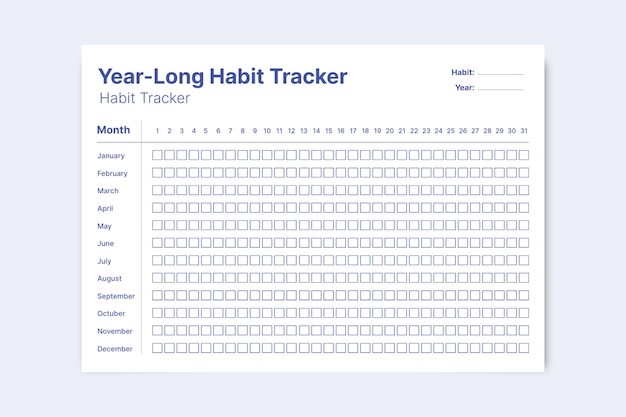
Final Thoughts
Fixing posture isn’t about perfection—it’s about consistent, mindful movement. These 35 habit-first workouts fit into your life, not the other way around. Start with 3–5 tips, master them, then add more. Over time, you’ll sit taller, move easier, and feel stronger—no matter how many hours you spend at your desk.







